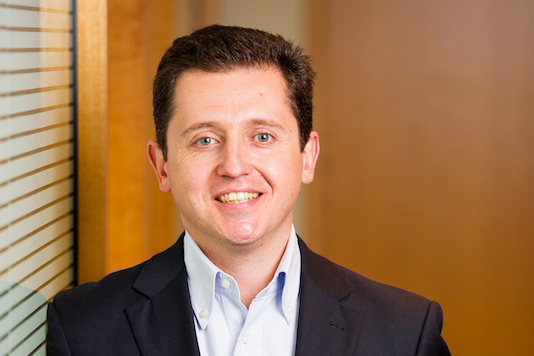
Chair of the Bishops Commission for Catholic Education and Perth, Archbishop Timothy Costello SDB, has last week announced Mr Christian Zahra as the new Executive Director of the National Catholic Education Commission.
Mr Zahra, who is based in Melbourne, was a member of Federal Parliament from 1998 to 2004 and has also held numerous directorial roles in the private and government sector.
These have included being Director of the Victorian Energy Networks Corporation, Chair of the Victorian Government’s Sustainable Timber Industry Council and Chairman of the Federal Government’s Regional Development Australia Fund Advisory Panel.
Mr Zahra has also been involved in initiatives supporting the rights of Indigenous Australians, including the Wunan Foundation and Kimberley organisations, Waardi Limited and Nyimarr Limited.
Archbishop Costelloe noted Mr Zahra’s work in these areas and said it would position him well for his role supporting Catholic education.
“Christian has also provided leadership to a number of organisations both in management and governance, with a focus on improving the lives of people, particularly those experiencing disadvantage,” he said.
“Most recently, he led the Wunan Foundation, which supports Indigenous Australians through a range of programs, social enterprises and partnerships.
“Christian has always been a strong advocate on behalf of his communities and stakeholders. He will speak clearly and passionately on behalf of Catholic school students, teachers and families in this new role.”
Educators best placed to assess funding needs, says NCEC
The National Catholic Education Commission (NCEC) has this week said that teachers and other staff working in Catholic and government schools are in the best position to assess the funding needs of their institutions.
NCEC Acting Executive Director, Danielle Cronin said almost 90 percent of Australian schools – Catholic, government and some independent schools, receive block funding for their jurisdiction which is then allocated to schools based on locally-assessed needs.
“The educational realities of schools across the country are diverse and complex and a spreadsheet generated in Canberra is only ever going to be a blunt instrument in terms of providing genuine and responsive needs-based funding at the local level,” Ms Cronin said.
“And that is especially true when the funding formula is based on an inadequate measure of need such as the SES model, which the Gonski Review of Funding for Schooling said should be reconsidered and the review of which was required by the National Education Reform Agreement,” she said.
Ms Cronin said this redistribution system had served Australian schools and their students well for decades, despite the Government questioning the allocation of funds to Catholic schools in particular.
“There has not been a clear rationale provided for why that system has to change,” she said.
“We know if there are particular needs that don’t show up in funding calculations and we know better than the flawed SES model, about the real capacity of parents and families to pay fees in an individual community. This principle has evolved over many years and exemplifies how Catholic education has been a long-term proponent and deliverer of needs-based school funding.”
Ms Cronin said redistribution within Catholic systems has allowed school communities to receive the funding they need, while maintaining an inclusive, low-fee Catholic school system across the country and across all demographics.
She added that the Government’s undermining of funding redistribution approaches was creating some troubling possibilities for Catholic schools, with Catholic education authorities left to deliver the news of cuts to schools.
“The Minister (Education Minister Simon Birmingham) is trumpeting his funding plan and is asking Catholic education to deliver the bad news to school communities,” she said.
“With several hundred Catholic schools set to have lower funding allocations in 2018 than they have in 2017, in some cases cuts of more than 50 percent, major decisions have to be made.”